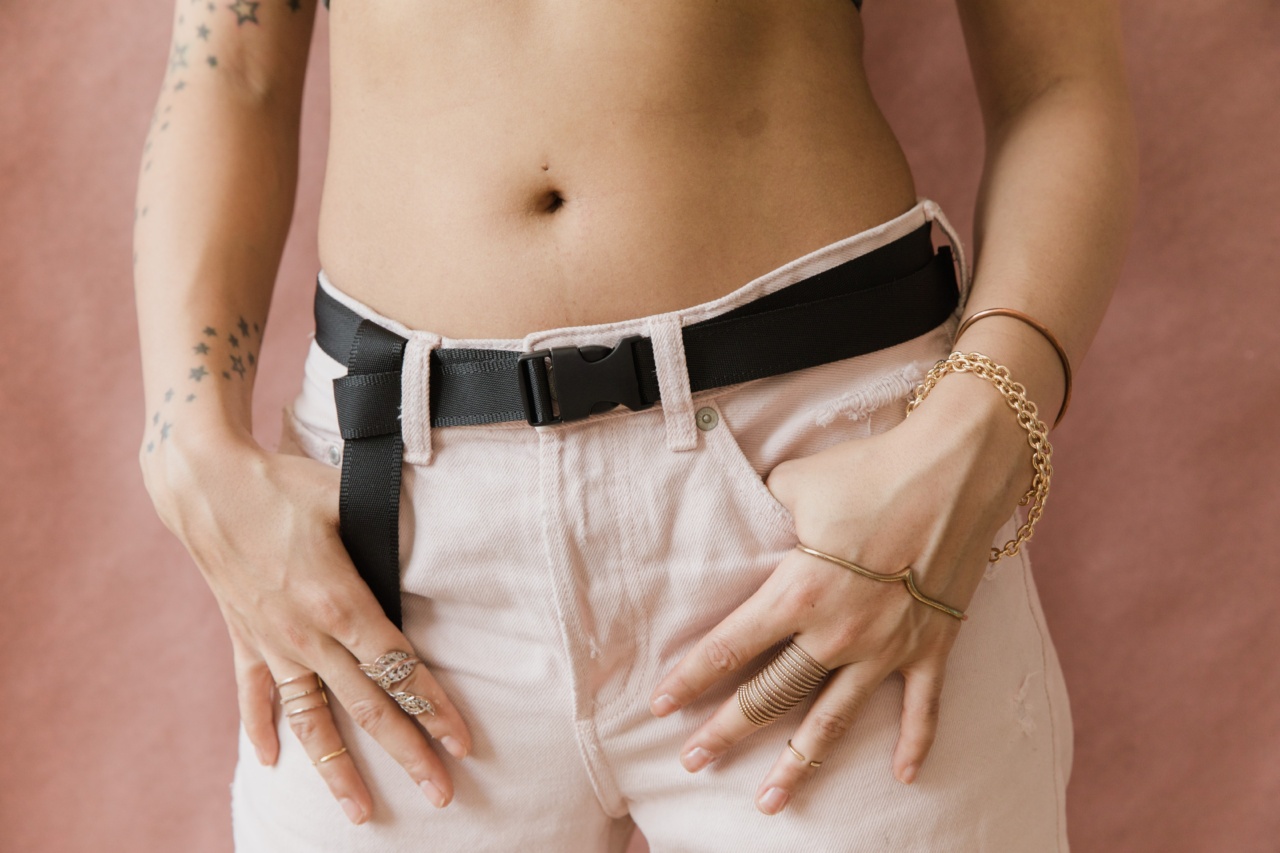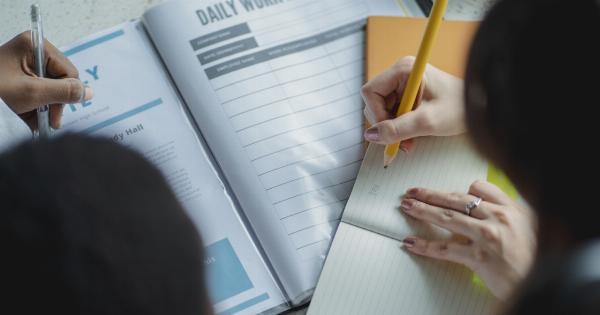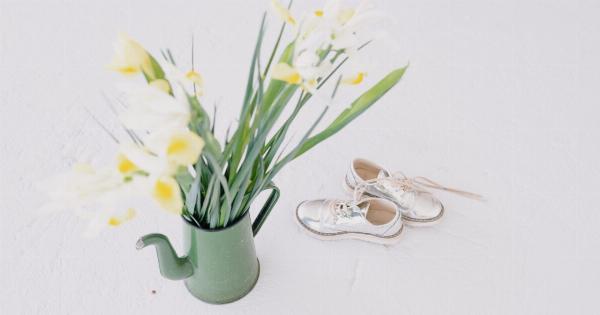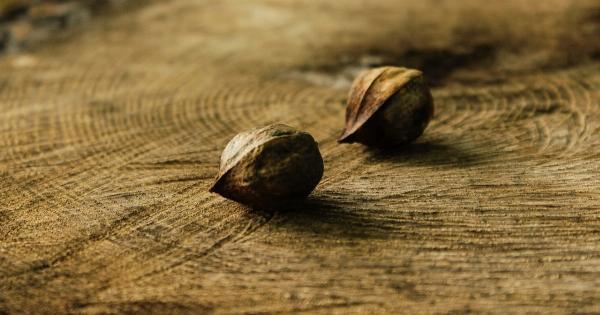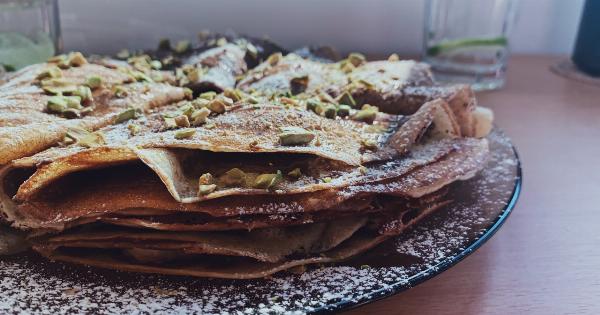Your belly button is often seen as just an indentation on your abdomen. However, it is more than just a physical feature. Your belly button or navel is an important part of your body which can tell you a lot about your health.
What is a Belly Button?
Your belly button is a scar that is formed after the umbilical cord is cut at birth. The umbilical cord connects the fetus to the placenta during pregnancy. After birth, the baby’s body reabsorbs the cord and the belly button is formed as a result.
The Different Types of Belly Buttons
Your belly button can come in different shapes and sizes. These variations are completely normal, and they don’t affect your health. Here are the different types of belly buttons:.
Innie
The innie is the most common type of belly button. It forms a depression or indentation on the abdomen, and it’s caused by the way the skin heals around the umbilical cord.
Outie
The outie is a less common type of belly button. It protrudes or sticks out of the abdomen and is caused by extra scar tissue around the site of the umbilical cord.
T-Shaped
The T-shaped belly button is a rare type of belly button. It is a cross between an outie and an innie, and it forms a small horizontal slit at the top of the indentation.
Bumpy
The bumpy belly button has a rough or lumpy texture. It’s caused by the formation of scar tissue that surrounds the belly button.
Pierced
A pierced belly button is a result of inserting jewelry through the tissue around the belly button. This type of belly button is more prone to infections and should be cleaned regularly.
What Your Belly Button is Saying About Your Health
Your belly button can reveal a lot of information about your health. Here are some things your belly button might be saying about your health:.
1. Foul Smell and Discharge
If your belly button has a foul smell and produces discharge, it might be a sign of infection. Bacteria can collect in the belly button and cause an infection, especially if it’s deep and hard to clean.
You should clean your belly button regularly with a mild soap and warm water to prevent bacteria buildup and infection.
2. Swollen and Red Belly Button
A red and swollen belly button can be a sign of an umbilical hernia. An umbilical hernia happens when part of the intestine or fatty tissue pushes through the abdominal wall near the belly button.
The hernia can cause pain and discomfort, especially when bending over or lifting something heavy. You should see a doctor if you suspect that you have an umbilical hernia.
3. Big Belly Button
A big belly button or an enlarged navel can be a sign of pregnancy. During pregnancy, the abdominal muscles stretch to make room for the growing baby, and this can cause the belly button to protrude or become bigger.
If you’re pregnant and your belly button is getting bigger, don’t worry; it’ll go back to its normal size after delivery.
4. Painful Belly Button
If your belly button hurts when you touch it, it might be a sign of a mild infection or injury. An infected belly button can cause pain, redness, and swelling around the area.
You should keep the area clean and dry and see a doctor if the pain persists or gets worse.
5. Flaky Belly Button
A flaky belly button can be a sign of an allergic reaction or dry skin. You should avoid harsh soaps and lotions and keep the area moisturized with a mild, fragrance-free lotion. If the flakiness persists, you might want to see a dermatologist.
Conclusion
Your belly button might be a small part of your body, but it can reveal a lot about your health. By paying attention to your belly button and taking care of it, you can prevent infections and other health problems.
If you notice any unusual symptoms or changes in your belly button, don’t hesitate to see a doctor.
